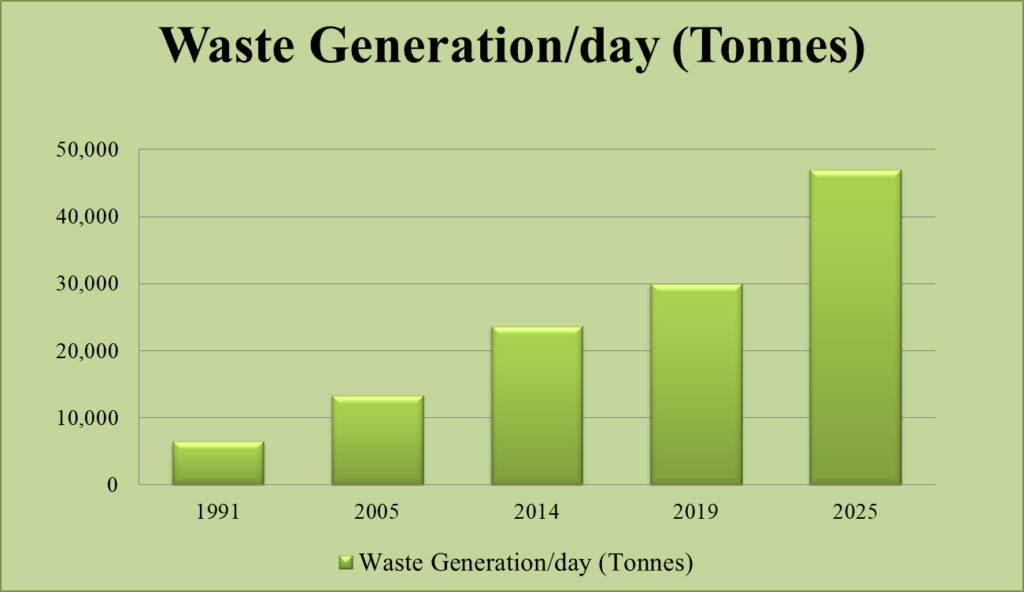Adapt Climate Change
Climate change is now a widely discussed topic all over the world. Earth is already facing consequences of the changing climate that includes global warming, sea-level rise, salinization, frequent storms and cyclones, drought, flood, etc. that is increasingly getting worse. Though climate change is a natural phenomenon, we are accelerating it by generating more waste that triggers pollution. In the context of Bangladesh, it is exceptionally vulnerable to climate change. The major problems caused by climate change in Bangladesh are excessive rainfall, drought, cyclone, drought, tidal wave, tornado, river erosion, increasing salinity of soil and water, water retention and unusual temperature rise. Climate change is having a major impact on the three districts of southwestern Bangladesh, Khulna, Satkhira and Bhola. These districts are experiencing frequent disasters. Rising sea levels along the Bay of Bengal are exacerbating the crisis. Excessive heat and another type of impact of climate change. With its natural susceptibility to extreme weather, the adaptation of climate became a necessity to the people of Bangladesh.
Economist Alexander Golub and Elena Strukova Golub, through their research on the climate change impacts in coastal areas, gave some solutions to adapt to climate change in the context of Bangladesh (Source). According to them, the first solution for Bangladesh is to conserve the mangrove forest of Sundarban. Besides this, there also a need for plantation in this region which will act as a natural shield to tropical cyclones and storms. The second measure of adapting to climate change is to create precautionary measures and build shelters, where people can take shelter in the event of a cyclone. The third possible solution is to build a dam around the low-lying land, which will protect agricultural land, houses and infrastructure from floods.

Besides all these adaptation techniques, Bangladesh highly needs to mitigate extreme weather events. Because of a riverine country, flood is the most frequent problem in Bangladesh. And the main cause of this is the increasing elevation of the river bed. Every day Bangladesh generates an excessive amount of wastes which ultimately ends up in the river and raises the water level. That also causes the increase of pollutions which helps to accelerate the environmental phenomena. If we look at the chart we can see that, there is an excessive amount of waste generated in Bangladesh per day. Most of them gone through the process of incineration and the rest are ended up in the river and ocean.
Both the processes trigger the climate change related phenomenon. Incineration adds GHG gases to the air and causes air pollution; the remaining solid and liquid wastes block and pollute the soil and water as well. So, there is a strong connection with waste management to mitigate the climate change vulnerabilities. The lower the rate of waste generation, the lower the increase of river bed elevation. It will make river dredging easy and help to prevent flooding. The proper waste management as well as low waste generation rate will also prevent pollutions. So, we need to work together for a waste free country.
